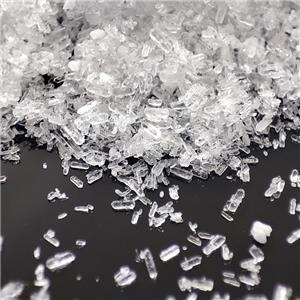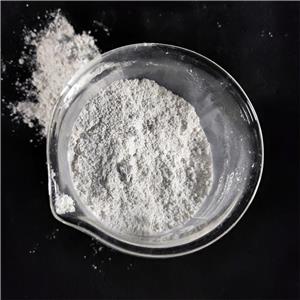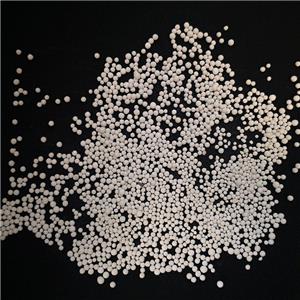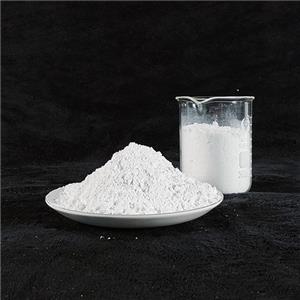Analysis of the application characteristics and advantages of talc in coatings
Analysis of the application characteristics and advantages of talc in coatings
Talc is a common filler widely used in the coatings industry. Its main component is hydrated magnesium silicate with a molecular formula of 3MgO·4SiO2·H2O. Talc belongs to the monoclinic system, and its crystals are pseudohexagonal or rhombic flakes. The talc micropowder made by multiple processes occupies an important position in the coatings industry with its unique physical and chemical properties.
Talc is a white powder with a soft texture and a smooth feel. It has many excellent properties such as lubricity, fire resistance, acid resistance, insulation, chemical inertness and strong adsorption. In particular, with the upgrading of fine grinding equipment, the particle size of talc is further controlled, so that it can be successfully used in the field of water-based coatings. At present, talc is widely used in primers, intermediate coatings, road sign paints, industrial coatings and architectural coatings.
Main application characteristics of talc
Characteristics of talc with flake structure
Excellent coating performance: The structure of flake talc powder gives the coating good brushability, leveling, smoothness and water resistance. In magnetic paint coatings, talcum powder can effectively prevent the penetration of paint films, and is particularly suitable for primers and intermediate coatings.
Improve protective performance: In anti-corrosion coatings, talcum powder can extend the diffusion path of corrosive substances, thereby enhancing the corrosion resistance of the coating. For example, in steel structure primers, it can completely or partially replace other fillers, improve the sedimentation of the coating system and the mechanical properties of the coating film, and at the same time improve the recoating effect.
Characteristics of fibrous talcum powder
Oil absorption and rheology: Fibrous talcum powder has longer particles, higher oil absorption, and good rheological properties. It can improve the storage stability (anti-settling) and construction performance (prevent sagging during brushing) of the coating.
Multi-field application: In coatings, fibrous talcum powder can improve the transparency of primers, enhance recoating, improve appearance, improve sanding, and reduce production costs. In addition, it is also widely used in plastics, cables, inks and papermaking industries. For example, in the papermaking field, talcum powder can enhance the gloss and ink absorption of paper.
Effect of particle size on performance
Talc powder is divided into ordinary talc powder (325 mesh), fine talc powder (20μm and 10μm), ultrafine talc powder (5μm), nano-grade and chemically modified talc powder according to particle size. The specific application varies according to product requirements:
Coarse talc powder: suitable for occasions requiring rough paint film, such as interior wall primer and mottled paint.
Ultrafine talc powder: used to control the gloss, consistency and sag performance of semi-gloss paint and other paints, while improving the film performance and having spatial separation ability, which can partially replace titanium dioxide (TiO2) pigment.
Chemically modified talc powder: not only can it partially replace TiO2, but also can improve the viscosity and construction of the paint, and reduce the difficulty of painting.




